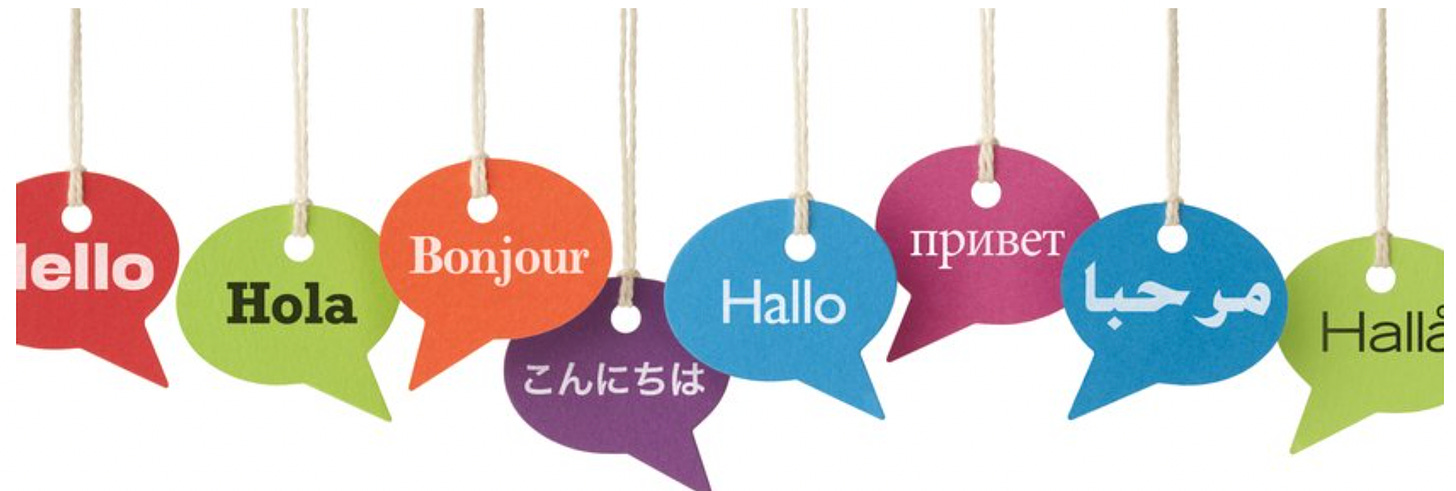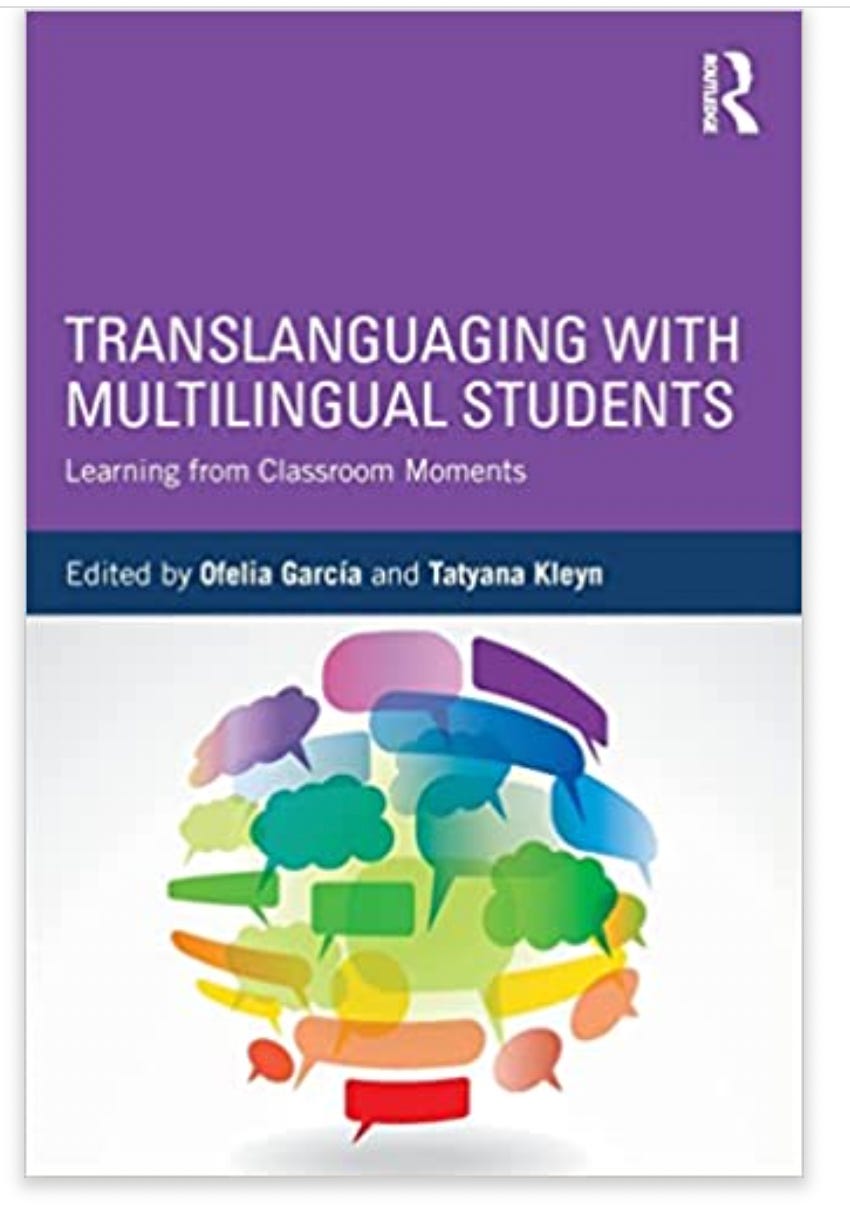Translanguaging refers to a practice that encourages using Multilingual Learners' (MLs) entire linguistic repertoire instead of trying to keep narrowly focused on a single language (Garcia & Kleyn, 2016).
When I first started teaching ESL (English as a Secondary Language), as it was inaccurately called, we were highly encouraged to only allow our students to speak English. More research has informed us that forbidding students to use their dominant* (i.e., home, heritage, native, primary) languages in schools can impede their understanding of key content material. Highlighting the cognitive benefits of multilingualism is something to share with MLs and native monolingual speaking students to encourage more respect for multiple languages.
Cutting-edge research informs us that MLs can use their dominant language to transfer their knowledge and understanding into English. Even if you do not speak the dominant languages of your students, there are many strategies you can use. It sends a clear message to them that you care about them and recognize that their language is a part of their identity.

LIst of practical ideas:
Let students brainstorm ideas for a new topic in their dominant language.
Use the closed caption feature with other languages when showing a video (especially if there is one dominant language group in the class).
Encourage MLs to write an outline or rough draft of a writing assignment in their dominant language before translating it into English.
Invite MLs to write captions for images and artwork in English and another language.
Provide links to multilingual glossaries.
Directly teach cognates between English and your MLs' languages if you know them.
Let students research topics in their language on the internet and then translate them back into English.
Assign students of the same language groups to work together on occasion.
Talk privately to MLs from the same language groups to see if they would be comfortable being a language buddy for the early weeks of arrival.
Try to learn phrases and concepts in the languages of your MLs.
Photo by Mimi Thian on Unsplash
* I prefer the term dominant language over home or native because a dominant language refers to multilingual speakers’ languages where they have the greatest proficiency, even if it is not their heritage or home language.
Have you used any of these translanguaging ideas? What were your successes and challenges? Other thoughts?
Please subscribe and share this newsletter with others.
Wonderful book for more ideas and theoretical background:
García, O., & Kleyn, T. (Eds.). (2016). Translanguaging with Multilingual Students: Learning from Classroom Moments






